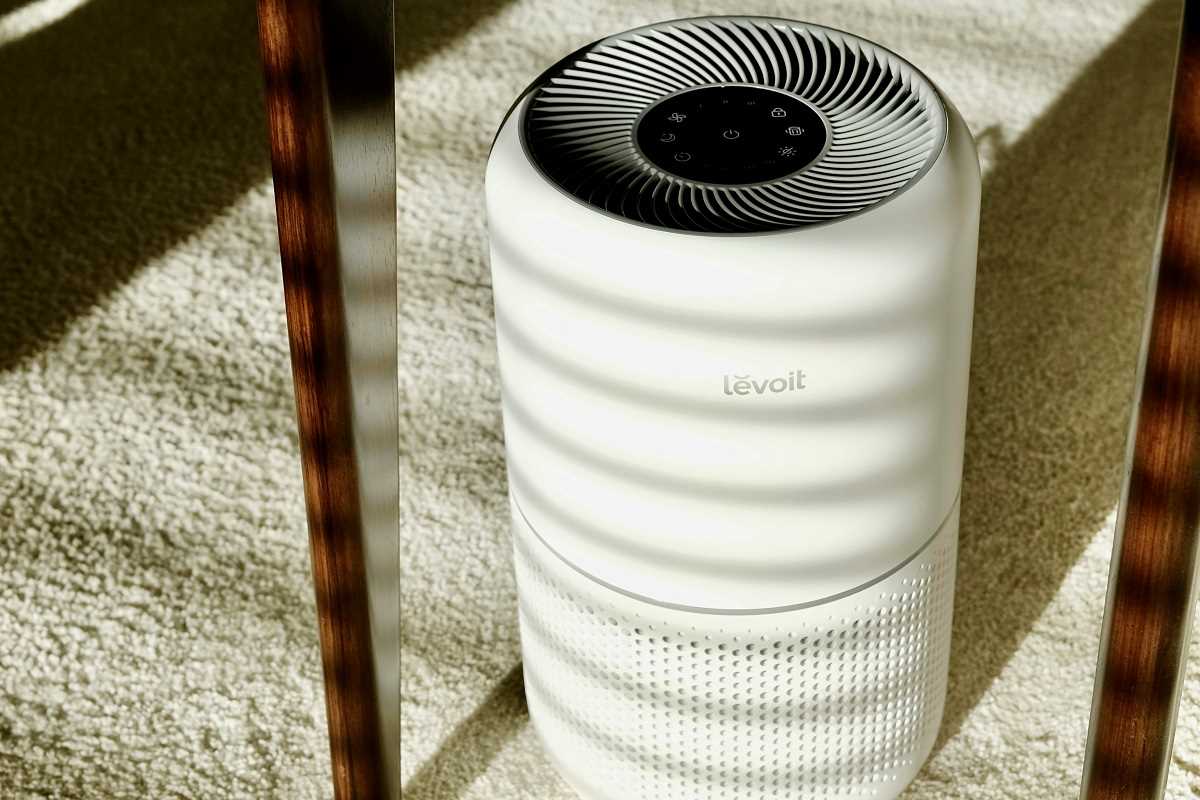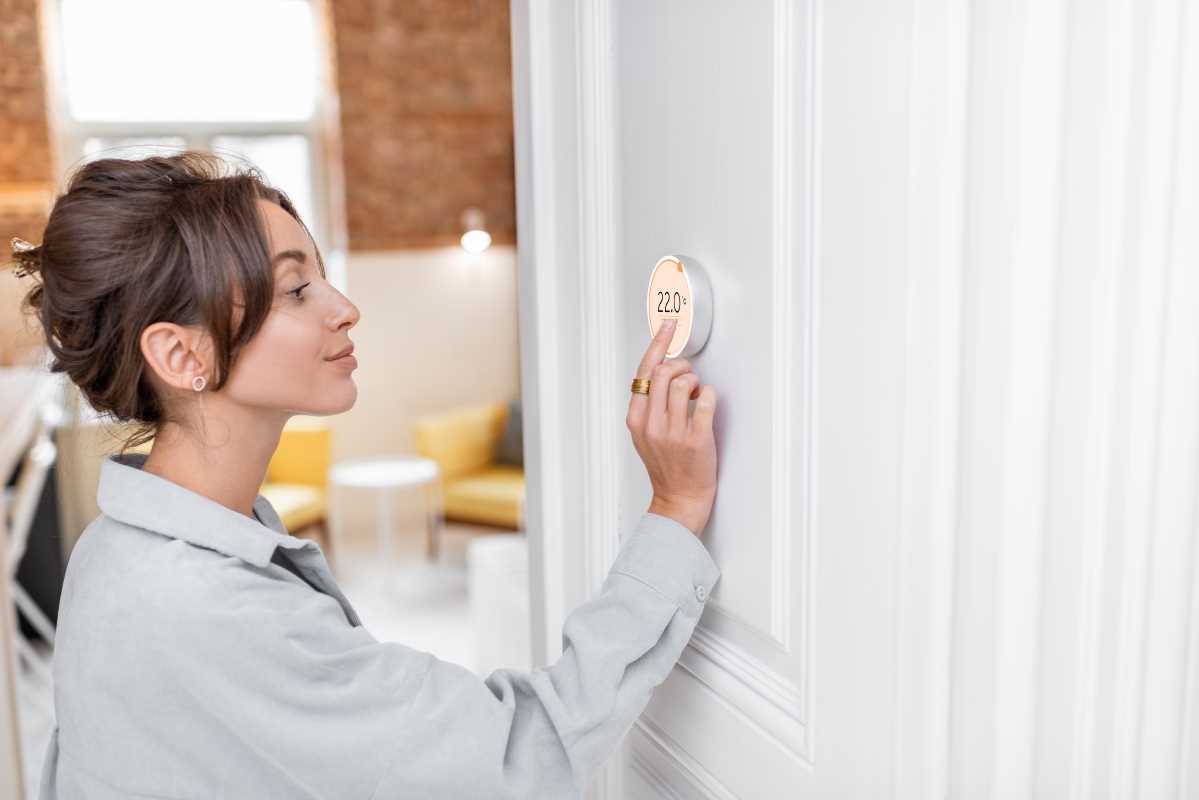The importance of maintaining clean indoor air continues to grow as more individuals recognize its profound impact on health and well-being. Air purification gadgets are increasingly in demand, designed to tackle pollutants, allergens, and other harmful particles. Companies offering direct-to-consumer models cater to this need by providing devices that deliver advanced features, convenience, and cutting-edge technology. Below, we explore some of the most prominent air purification solutions available in 2024.
Selecting Advanced Filtration Methods
Direct-to-consumer air purifiers distinguish themselves through their emphasis on superior filtration technologies. High-efficiency particulate air (HEPA) filters remain a trusted standard, capable of trapping particles as small as 0.3 microns. Modern HEPA-based devices often incorporate multi-stage filtration systems, combining pre-filters, activated carbon filters, and even ultraviolet (UV-C) technologies to tackle a broader range of indoor pollutants.
Some advanced purifiers integrate innovative materials to go beyond traditional filters. For example, certain brands now utilize graphene-enhanced filtration systems, which promise higher durability and improved efficiency. This cutting-edge adaptation ensures consistently clean air while reducing the frequency of filter replacements.
Electrostatic purification is another trend gaining traction. Devices using this process charge airborne particles, which are then attracted to a collector plate. This method avoids the need for disposable filters, presenting an eco-friendly alternative with minimal maintenance costs.
Key Features of Leading 2024 Air Purifiers
- Multi-layer filtration systems, including HEPA, activated carbon, and UV-C technologies
- Compact, portable designs for versatile usage
- Smart technology integration with app-based controls and voice assistant compatibility
- Sustainable practices such as energy efficiency and recyclable components
- Specialized features addressing allergies, pollution, and quiet operation
Additionally, smart purifiers increasingly rely on air quality sensors to adapt filtration modes in real-time. By evaluating particles such as pollen, smoke, or fine dust in the environment, these devices provide tailored performance while conserving energy. Such solutions align with a growing consumer demand for precise and personalized air purification options.
Compact Designs Focusing on Portability
Portability remains an important aspect of direct-to-consumer air purifiers. Compact designs allow consumers to improve air quality in smaller spaces, making these devices suitable for urban apartments, dorms, or workstations. These portable models are lightweight and easy to move from one room to another, maximizing their functionality.
Many compact purifiers are designed with simplicity in mind, featuring straightforward operation through single-touch controls. While they may appear minimalistic, their performance typically involves high-capacity filtration systems, ensuring they are both convenient and effective.
The application of rechargeable batteries is a key feature in modern portable models. Long-lasting power allows these devices to function wirelessly, enhancing their flexibility for those on the move or for temporary placements in rooms without accessible power outlets.
Personal air purifiers, often worn around the neck, have also entered the market. These innovative gadgets generate a field of ionized air that traps harmful particles before they reach the user’s respiratory system. Ideal for individuals with heightened allergies, these wearable models offer personalized protection in any setting.
Brands are also catering to aesthetics by incorporating modern designs and customizable colors into their purifiers. These features help homeowners integrate air purification devices seamlessly into their interior décor, ensuring functionality without sacrificing style.
Smart Features Elevating Usability
Many air purifier brands now prioritize smart technology to improve user convenience. Wi-Fi-enabled devices allow users to control air purifiers remotely, often through smartphone apps. Integration with digital assistants such as Amazon Alexa, Google Assistant, or Apple HomeKit further extends hands-free control.
Smart air purifiers often come equipped with interactive dashboards that provide real-time feedback on air quality. Users can view detailed metrics, including pollutant levels, humidity rates, and filter status. This data-driven approach empowers individuals to understand and address specific air quality challenges.
Automation is an integral aspect of smart air purifiers. For instance, some devices are programmed to operate on predefined schedules, aligning functionality with the user’s routine. Night mode settings, which adjust fan speeds and dim LED lights, ensure an uninterrupted sleep environment while maintaining optimal air quality.
Another noteworthy innovation is reliance on artificial intelligence (AI) for predictive maintenance. These systems anticipate when a filter will reach its lifespan and notify the user in advance. This proactive management reduces downtime and ensures consistent device performance.
By merging automation, machine learning, and accessibility, smart air purifiers deliver an experience that exceeds traditional models, showcasing why these gadgets are emerging as consumer favorites.
Eco-Friendly Alternatives
Sustainable design is a priority in air purification technology for 2024. Increasing consumer awareness about environmental impact has motivated brands to develop eco-conscious models without compromising performance.
Energy-efficient air purifiers equipped with low-consumption motors minimize electricity use, reducing their environmental footprint. Similarly, solar-powered models are gaining traction, allowing consumers to harness renewable energy sources to operate their devices.
Recyclable materials and biodegradable components are prominent features in new purifiers. Several companies offer the option to return filters for reuse or reprocessing, addressing waste concerns associated with disposable parts.
Ozone-free purification technology is another significant contribution to eco-friendliness. Older models emitting trace amounts of ozone during operation posed risks for both health and the environment. Recognizing this, modern designs ensure purification methods remain entirely ozone-free while delivering exceptional efficiency.
Manufacturers are also exploring lifetime warranties as part of their commitment to sustainability, encouraging repair and reuse rather than replacement. With such initiatives, direct-to-consumer air purifiers are positioning themselves as environmentally responsible choices.
Features Tailored to Consumer Priorities
Direct-to-consumer purifiers address varying consumer priorities, ensuring devices are versatile enough to meet diverse needs. Some focus on allergy relief, integrating specialized filters capable of neutralizing common allergens such as pollen, pet dander, and dust mites. Asthma-friendly certifications further ensure effectiveness for respiratory-sensitive users.
Other models cater to urban dwellers who require solutions for pollution-heavy environments. Technologies that combat volatile organic compounds (VOCs), smoke, and chemical odors are key features targeting this demographic. These purifiers often incorporate activated carbon filters, which excel in absorbing gaseous pollutants.
Quiet operation is an increasingly sought-after attribute for individuals valuing peaceful living or workspaces. Many modern systems boast decibel levels as low as 20-25 dB, making them whisper-quiet even on high-performance settings.
Families, on the other hand, may prefer models fitted with child lock features and durable components to enhance safety and longevity. Similarly, medical-grade filtration is emerging as a niche product category for purifiers used in clinical or eldercare environments.
The 2024 air purification market highlights how advancements in technology and design cater to the evolving needs of consumers. Whether emphasizing portability, smart connectivity, or eco-conscious innovations, direct-to-consumer air purifiers deliver comprehensive choices for improving indoor air quality. By aligning functionality with user priorities, these gadgets offer practical solutions to one of modern living’s most pressing concerns.
 (Image via
(Image via





